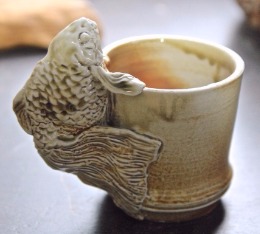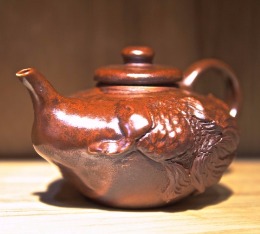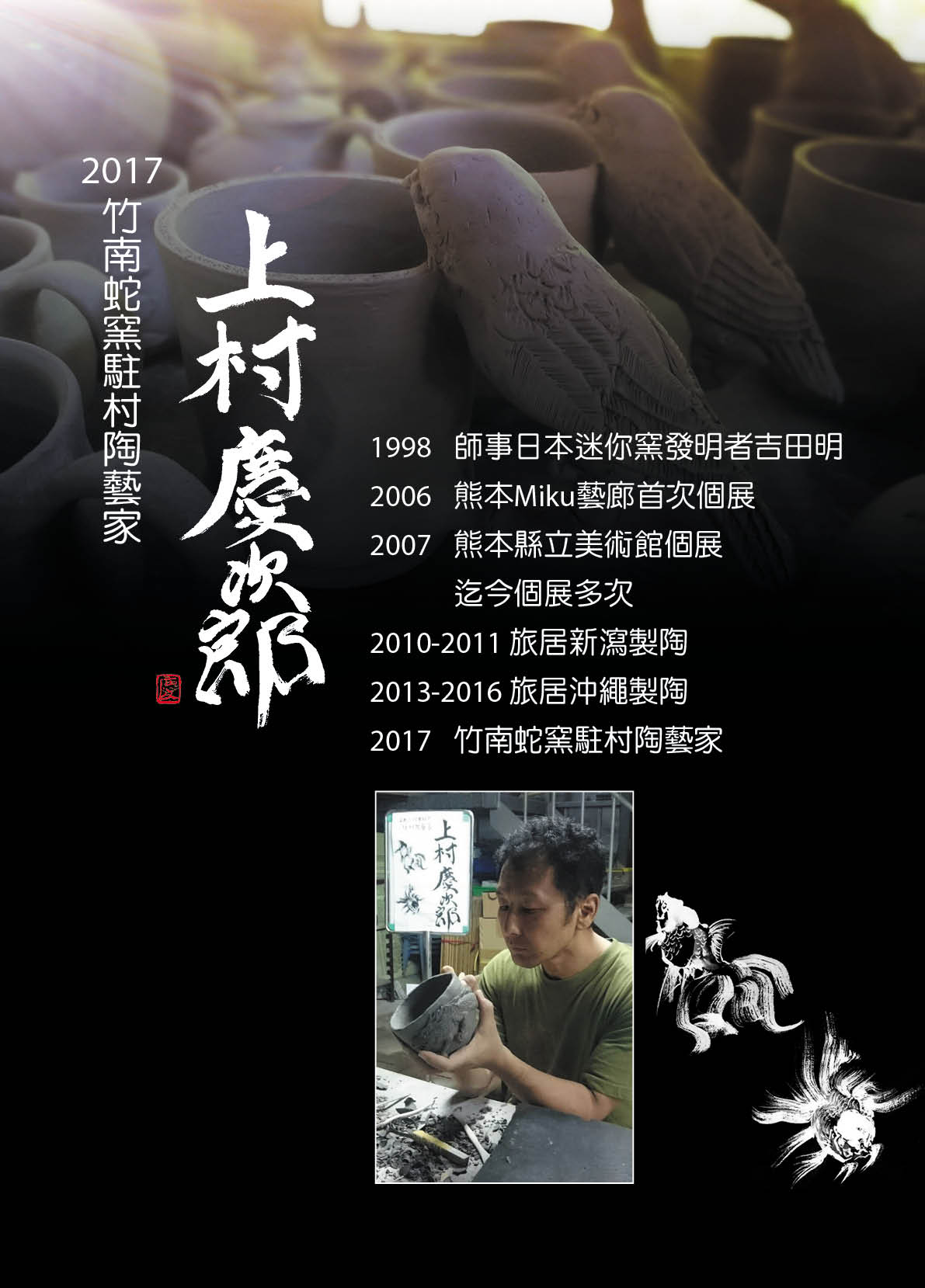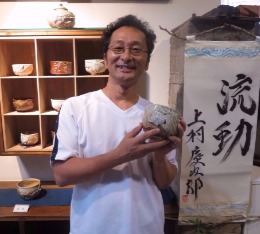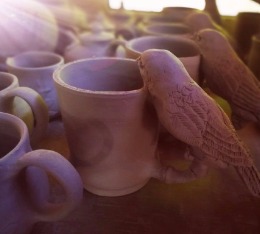
Uemura Keijiro / Japan
Time : 2017
From July 1st to the end of September, Uemura Keijiro from Kumamoto Prefecture, Japan, spent 3 months traveling through Taiwan on a trip of ceramics art exchange.
Mr. Uemura's focused and diligent creative spirit is admirable, an embodiment of the quintessential craftsmen: undistracted concentration and unwavering intensity. Between 7AM to 11PM, he barely rests aside from taking a few minutes to eat, essentially getting two days out of one. From throwing and hand building to relief sculpting, clay sculpting and drawing, he dedicates all of his energy to creative arts.
He originally studied interior design and drew illustrations, so he has a decent foundation in drawing. By chance he began learning pottery, but his experience with learning ceramics had been tumultuous. Aside from studying under the tutelage of mini-kiln master Yoshida Akira, he was mostly self-taught. He also lived in Niigata and Okinawa, working at kilns in exchange for a room, or for an opportunity to study pottery. He fancies himself a dreamchaser, someone who continuously chases his dream of being a ceramic artist. After his first solo exhibition in 2006, he regularly held exhibitions at the Kumamoto Prefectural Museum of Art.
His works include relief goldfish and dragons, 3D hand-built birds and people, and painted dishes of people and fish. He also brought back some contemporary everyday-life ceramic pieces from Japan specifically for everyone to see. He is an expert at relief sculptures of goldfish. To better sculpt goldfish, Mr. Uemura spent a lot of time observing them. As a result, the goldfish he sculpted appear as if actually gracefully swimming in the water. This trip to Taiwan marks his first experience with ultra-high temperature wood-firing. The fallen ash of high temperature wood-firing that is unique to Zhunan Snake Kiln has given Uemura's goldfish an even more lifelike appearance. His named his residency exhibition Flow because he feels that the transformations of the natural glaze in the kiln, when applied to the goldfish, is able to authentically convey the sense that they are flowing in the water.

